History, Art and Culture - 1 | Current Affairs & Hindu Analysis: Daily, Weekly & Monthly - UPSC PDF Download
Tell Umm Amer and Assam’s Charaideo Moidams Recognised by UNESCO
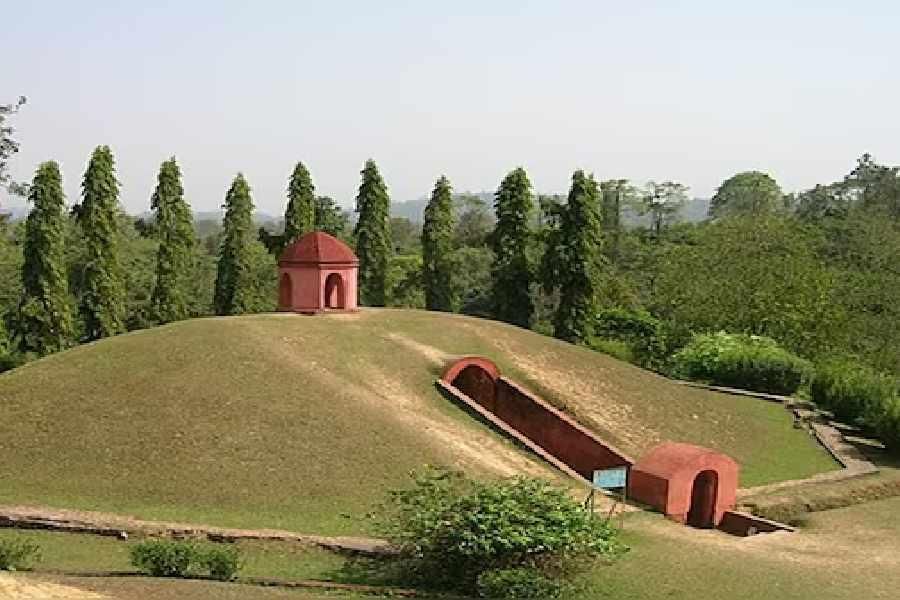 Why in News?
Why in News?
Recently, the World Heritage Committee included Tell Umm Amer, also known as the Monastery of Saint Hilarion, in the United Nations Educational, Scientific and Cultural Organization’s (UNESCO) World Heritage Sites list, and the List of World Heritage in Danger. Additionally, Assam’s Charaideo Moidams was added to the UNESCO World Heritage Sites list, marking India’s 43rd World Heritage Site.
Key Takeaways
- Tell Umm Amer: An ancient Christian monastery dating back to the fourth century CE.
- Charaideo Moidams: Burial sites of the Ahom dynasty, established in 1253 AD.
Additional Details
- Historical Importance of Tell Umm Amer: Located in the Gaza Strip, it was founded by Hilarion the Great and is recognized as one of the earliest and largest monastic communities in the Middle East.
- Archaeological Significance: The site contains extensive ruins, including five churches and geometric mosaics, marking it as a hub of religious and cultural activity until the Umayyad period.
- Impact of Conflict: Ongoing conflicts in Gaza have damaged cultural sites, emphasizing the urgency for preservation highlighted by UNESCO’s inclusion of Tell Umm Amer in the World Heritage List and the List of World Heritage in Danger.
- World Heritage Status: This status facilitates international recognition and protection, allowing for increased support for preservation. In December 2023, Tell Umm Amer received provisional enhanced protection under the 1954 Hague Convention.
- Charaideo Moidams: These earthen mounds reflect the unique funerary practices of the Ahom people and are nicknamed the 'Pyramids of Assam.' They serve as significant tourist attractions but many are in disrepair.
- Legacy of the Ahom Dynasty: The Ahoms ruled Assam for six centuries, adopting Hinduism while maintaining their traditions. They are celebrated annually through events like 'Asom Divas' on December 2, commemorating King Sukapha.
The recognition of Tell Umm Amer and the Charaideo Moidams by UNESCO underscores the importance of preserving cultural heritage sites, ensuring that future generations can appreciate their historical significance and cultural narratives.
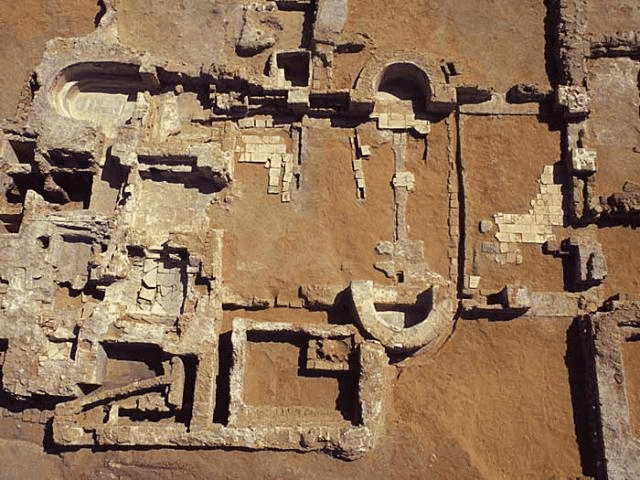
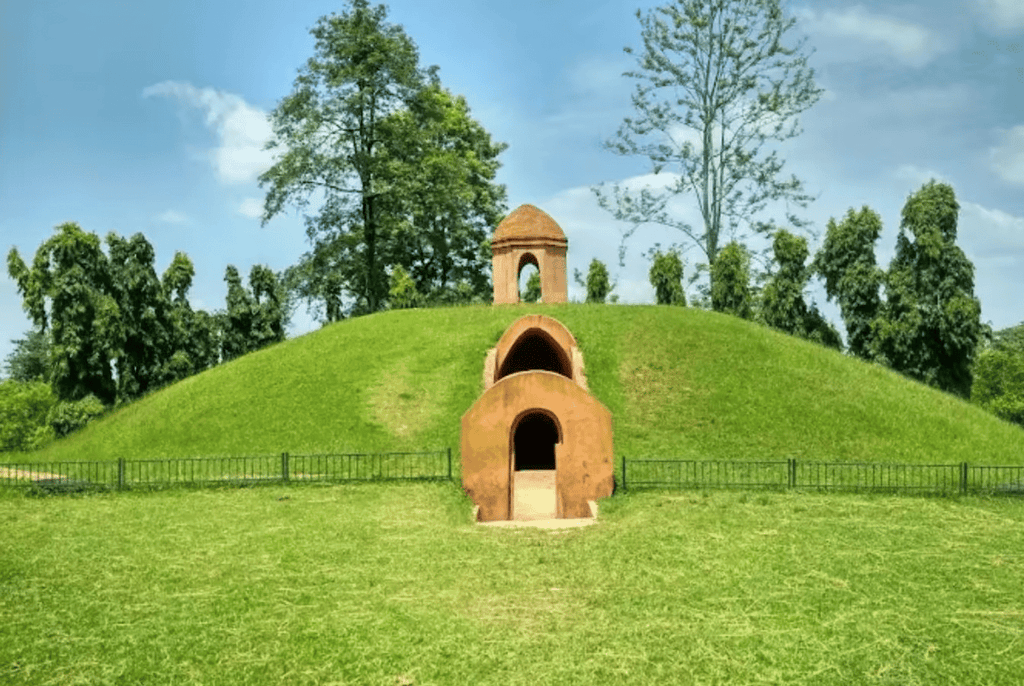
Humayun Tomb World Heritage Site Museum
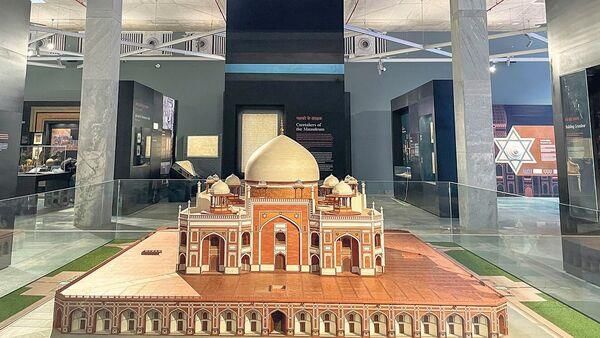 Why in News?
Why in News?
The Humayun’s Tomb is preparing to welcome visitors, situated between Sunder Nursery and Humayun’s Tomb in Nizamuddin, Delhi. This museum aims to provide a unique perspective on the life and times of the second Mughal Emperor, Humayun.
Key Takeaways
- The museum's design mimics a baoli (stepwell) and features various facilities, including a 100-seat auditorium, temporary galleries, cafés, meeting rooms, and a library.
- It showcases unique personal items, such as a pear-shaped water vessel from Jauhar Aftabchi, Humayun's biographer, and a helmet that Humayun used as a cooking vessel during his travels in Persia.
- Artefacts on display are on loan from the National Museum for ten years, ensuring a diverse exhibition.
- Exhibits include Mughal coins from 18 different Mughal-era kings and the throne of Bahadur Shah Zafar, the last Mughal emperor.
Additional Details
- Mughal Coins and Throne:The collection features coins from various Mughal rulers, with highlights including:
- Coins from Akbar’s era displaying ‘Allah’ on one side and ‘Ram’ on the other.
- Expensive coins from Jahangir’s era and rare coins minted by Bahadur Shah Zafar.
- Architecture and Personality: The museum emphasizes the architectural significance of Humayun’s Mausoleum and the emperor’s personality, illustrating his interests in reading, astrology, the arts, and his contributions to architecture.
- Cultural Figures:It also highlights four notable cultural figures from the 14th century associated with the Nizamuddin area, including:
- Sufi Saint Hazrat Nizamuddin Auliya
- Poet Amir Khusrau Dehalvi
- Rahim, commander-in-chief of Akbar’s army and poet
- Dara Shukoh, known for translating the Upanishads into Persian.
- The museum is part of a larger conservation initiative overseen by the Archaeological Survey of India (ASI), which encompasses the 300-acre area of Humayun’s Tomb, Sunder Nursery, and Nizamuddin Basti.
This museum not only enriches the visitor experience with its extensive collection and thoughtful design but also plays a crucial role in preserving the cultural heritage of the Mughal era.
130th Anniversary of Natal Indian Congress
 Why in News?
Why in News?
On August 22, 2024, we commemorate the 130th anniversary of the Natal Indian Congress (NIC), which was founded in August 1894 based on a proposal by Mahatma Gandhi on May 22, 1894. This organization was created to combat the discrimination faced by Indians in South Africa.
Key Takeaways
- The NIC was the first Indian Congress established in 1894 to address discrimination against Indians in Natal, South Africa.
- It later became part of the South African Indian Congress (SAIC) in the 1920s.
- Under Dr. G.M. Naicker's leadership in the 1940s, the NIC adopted a more militant approach.
- Despite repression in the 1950s and 1960s, the NIC was revived in 1971 focusing on civic issues.
- In the mid-1980s, it played a crucial role in forming the United Democratic Front (UDF) to strive for a non-racial South Africa.
Additional Details
- Natal Indian Congress: Founded to unite Indians against discrimination, it significantly influenced the rights movement in South Africa.
- The NIC experienced a shift towards radical leadership with Dr. G.M. Naicker in the 1940s, which intensified its activism.
- Though not officially banned, the NIC faced repression until its revival in 1971.
- It was instrumental in the formation of the UDF, which aimed for a united and non-racial South Africa.
Role of Mahatma Gandhi in Satyagraha in South Africa
- Mobilisation of Indian Community: Gandhi's activism began after an incident on June 7, 1893, when he was forcibly removed from a train, leading to the Natal Satyagraha.
- Transvaal British Indian Association: Founded in 1903, this association aimed to advocate for Indian rights against increasing restrictions in the Transvaal region.
- 1906 Satyagraha Campaign: Gandhi initiated his first campaign against the Asiatic Registration Act, leading to widespread protests.
- The Asiatic Registration Act required Asians to register and carry identification, which faced strong opposition from the Indian community.
- Gandhi organized the Ambulance Corps during the Anglo-Boer War, hoping for better treatment of Indians, although this did not materialize.
- He established the Phoenix Settlement in 1904 and the Tolstoy Farm in 1910 to promote communal living and self-reliance.
- The 1913 Satyagraha Campaign addressed the poll tax and discriminatory marriage laws, mobilizing significant participation from Indian women.
- Gandhi's sustained protests led to the Indian Relief Act of 1914, which addressed some grievances of the Indian community.
Impact of Gandhian Movements
- Gandhi's experiences in South Africa were pivotal in shaping his philosophy of nonviolent resistance, which he later applied in India's independence struggle.
- His methods inspired global civil rights movements, with figures like Nelson Mandela and Martin Luther King Jr. drawing from his principles of Satyagraha.
100 Years of Discovery of the Indus Valley Civilization
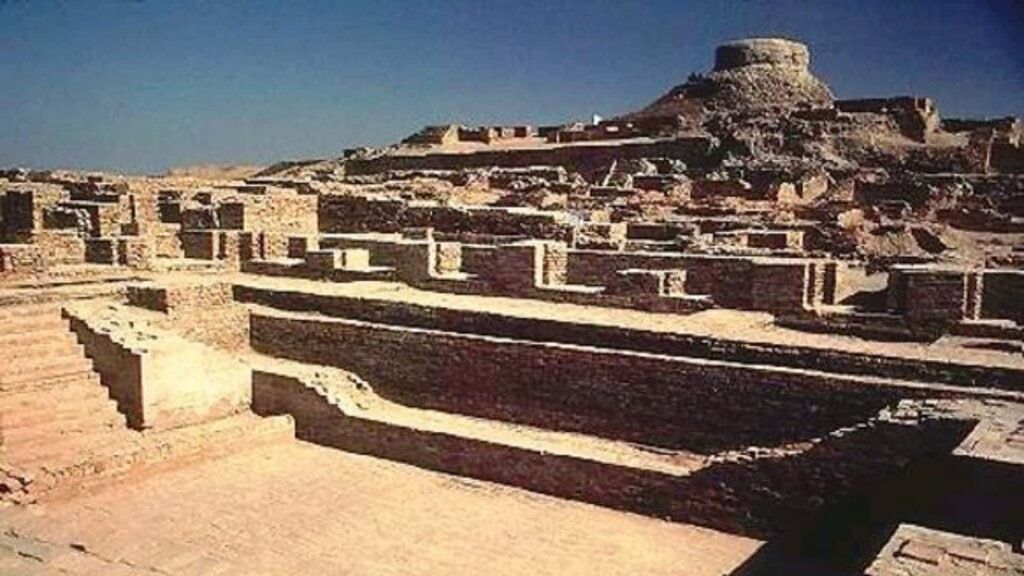 Why in News?
Why in News?
On September 20, 2024, it will be a century since the announcement of the discovery of the Indus Valley Civilization (IVC) by archaeologist Sir John Marshall in September 1924. This significant civilization encompasses over 2,000 sites across an area of 1.5 million square kilometers in India, Pakistan, and Afghanistan, renowned for its advanced urban planning and architecture.
Key Takeaways
- The Indus Valley Civilization flourished around 2500 BCE along the Indus River.
- It is classified as a Bronze Age civilization due to numerous copper-based artifacts.
- Key excavations were conducted by Daya Ram Sahni at Harappa and Rakhal Das Banerji at Mohenjo-daro.
- The civilization experienced three distinct phases: Early, Mature, and Late.
Additional Details
- Phases of IVC:
- Early Phase (3200 BCE to 2600 BCE): Associated with the Hakra Phase discovered in the Ghaggar-Hakra River Valley; the earliest Indus script dates back to 3000 BCE.
- Mature Period (2600 BCE to 1900 BCE): By this time, IVC had developed into major urban centers like Harappa and Mohenjodaro.
- Late Phase (1900 BCE to 1500 BCE): Marked the decline and eventual collapse of the Harappan civilization.
- Important Sites: Significant sites include Harappa, Mohenjo-daro, Lothal, and Dholavira, which showcase advanced urban planning and architecture.
The Harappan civilization was characterized by its remarkable town planning, agricultural practices, thriving trade, skilled craftsmanship, and complex religious beliefs. The reasons for its decline remain a topic of research, with theories ranging from invasions to natural environmental changes.
NCERT Chapter on Veer Abdul Hameed
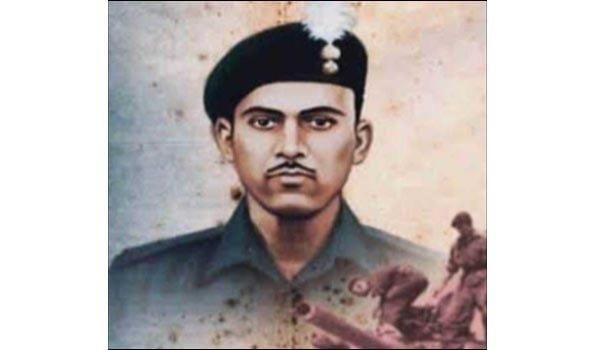 Why in News?
Why in News?
Recently, the NCERT has incorporated a chapter titled 'Veer Abdul Hameed' along with a poem called 'National War Memorial' into the curriculum for Class VI students. This change aims to educate young learners about significant historical figures and events that shaped the nation.
Key Takeaways
- The chapter honors Company Quarter Master Havildar (CQMH) Abdul Hameed, a war hero from the India-Pakistan War of 1965.
- Abdul Hameed was awarded the Param Veer Chakra posthumously for his bravery and sacrifice.
- The poem on the National War Memorial promotes respect for soldiers who sacrificed their lives for the country.
- The changes in the curriculum align with the National Education Policy (NEP) 2020 and the National Curriculum Framework (NCF) 2023.
Additional Details
- About Abdul Hameed: He served in the 4 Grenadiers Battalion of the Indian Army and played a crucial role during the Battle of Asal Uttar in the 1965 India-Pakistan War.
- Battle of Asal Uttar: This battle occurred in early September 1965 near the India-Pakistan border in Punjab. Pakistan aimed to invade and capture strategic areas, utilizing superior Patton tanks to initially surprise Indian forces.
- Role of Abdul Hameed: Stationed near Chima village on the Amritsar-Khem Karan road, he led a team operating Recoilless Guns against enemy tanks. On September 10, he successfully destroyed three Pakistani Patton tanks before being killed by enemy fire.
- Recognition: The site of his sacrifice is now part of a war memorial, featuring a captured Pakistani Patton tank as a tribute to the Indian soldiers.
This chapter and poem serve to instill a sense of patriotism and respect for those who have served the nation, presenting real-life examples of valor and duty that students can aspire to emulate.
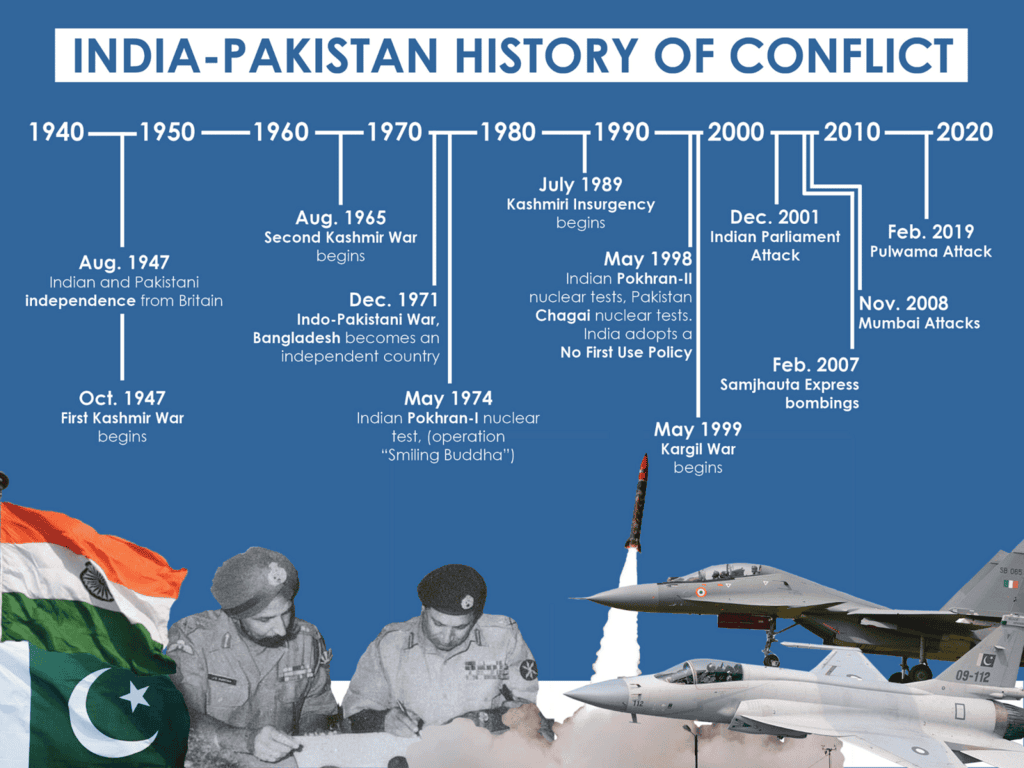
Kanhirapoil Megalithic Site
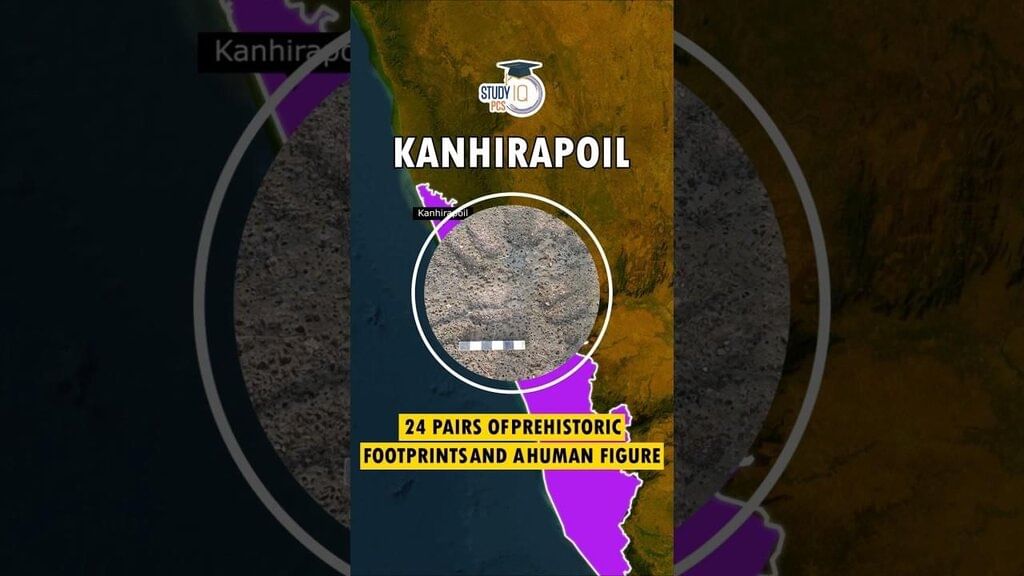 Why in News?
Why in News?
A significant archaeological discovery has been made at Kanhirapoil, located in the Madikkai panchayat of Kerala. Experts suggest that the carvings found here date back to the Megalithic period, providing insights into ancient human activities.
Key Takeaways
- The Kanhirapoil site features 24 pairs of prehistoric footprints and a human figure carved into rock on private land.
- The carvings were created using iron tools and include footprints ranging from six to ten inches, indicating representations of both children and adults.
- A human figure, intricately etched, is surrounded by four circular pits, adding to the significance of the site.
- These carvings show similarities to prehistoric rock art found in Avalakki Pera, Karnataka.
Additional Details
- Megaliths: These structures were typically constructed as burial sites or commemorative memorials. Burial sites may include dolmenoid cists (stone burial chambers), cairn circles (stone circles), and capstones (mushroom-shaped burial chambers).
- Non-sepulchral megaliths, such as menhirs, serve commemorative purposes.
- In India, the majority of megaliths date from approximately 1500 BC to 500 BC and are primarily found in states such as Maharashtra, Karnataka, Tamil Nadu, Kerala, Andhra Pradesh, and Telangana.
The discovery at Kanhirapoil not only enriches our understanding of the Megalithic period in India but also highlights the archaeological significance of the region, offering a glimpse into the lives of ancient populations.

450th Jyoti Jot Diwas of Sri Guru Amardas
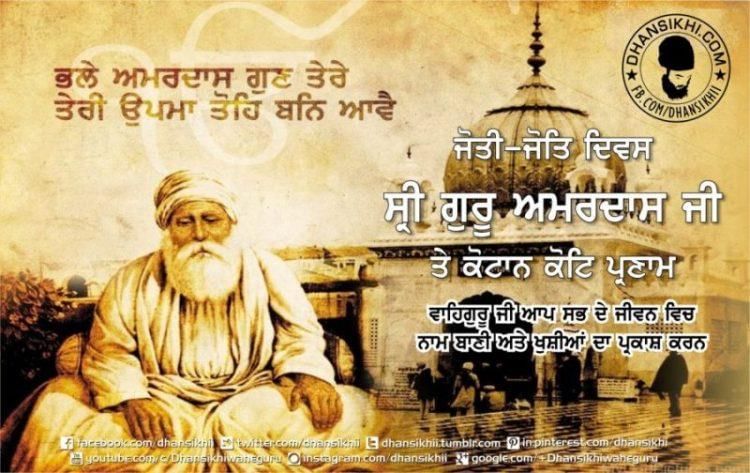 Why in News?
Why in News?
Recently, the 450th Jyoti Jot Diwas, which marks the passing away of Sri Guru Amardas Ji, the third Sikh Guru, was commemorated.
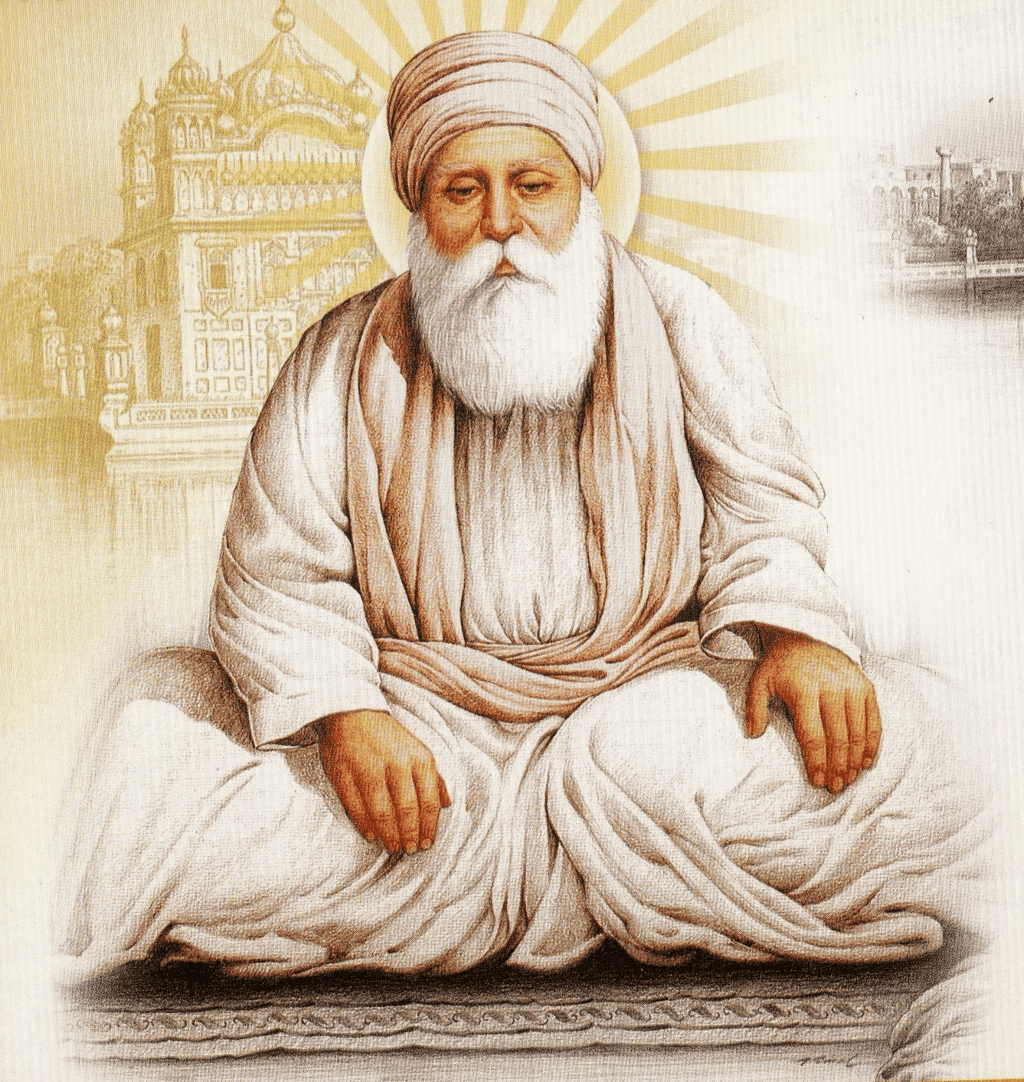
Who was Sri Guru Amardas Ji?
About:
- Born in 1479 at Basarke in Amritsar district.
- Raised in an orthodox Hindu family, he was deeply inspired by the hymns of Sri Guru Nanak Dev Ji.
- Adopted Sri Guru Angad Dev Ji as his spiritual guide.
- Appointed as the third Guru in March 1552 at the age of 73, establishing his headquarters in Goindwal.
Key Contributions
- Divided the Sikh community into 22 administrative districts (Manjis) to facilitate the spread of Sikh teachings.
- Reinforced the tradition of Guru ka Langar (communal kitchen) by requiring visitors to eat before meeting him, promoting equality and community.
- His interactions with Emperor Akbar led to the abolition of the toll-tax (pilgrim’s tax) on non-Muslims, solidifying a respectful relationship.
- Actively campaigned against social injustices, abolishing the custom of Sati and the Purdah system among Sikhs.
- Introduced the ceremony of the Anand Karaj Marriage.
Legacy and Final Years
- Constructed a Baoli at Goindwal Sahib, making it a significant Sikh pilgrimage site.
- Composed 869 verses (some accounts state 709), including Anand Sahib, which were incorporated into the Guru Granth Sahib by Sri Guru Arjan Dev Ji.
- Passed away on September 1, 1574, at the age of 95, leaving a profound legacy that continues to inspire the Sikh community today.
Sikh Gurus and their Major Contributions
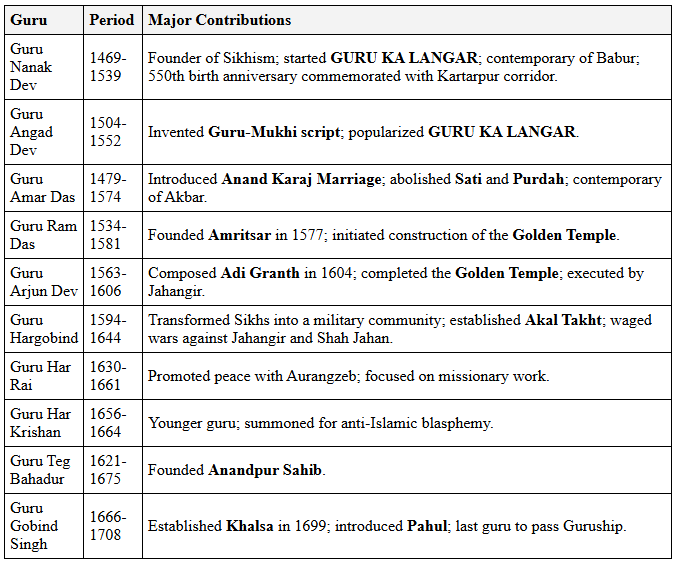
This commemoration of Sri Guru Amardas Ji serves as a reminder of his significant contributions to Sikhism and the lasting impact he has had on promoting equality, community values, and social justice.
|
38 videos|5288 docs|1117 tests
|
FAQs on History, Art and Culture - 1 - Current Affairs & Hindu Analysis: Daily, Weekly & Monthly - UPSC
| 1. What are the key features of Umm Amer and why were they recognized by UNESCO? |  |
| 2. What makes Assam’s Charaideo Moidams significant in terms of cultural heritage? |  |
| 3. What is the historical importance of the Humayun Tomb as a UNESCO World Heritage Site? |  |
| 4. What were the main outcomes of the 130th Anniversary of the Natal Indian Congress? |  |
| 5. Why is the discovery of the Indus Valley Civilization considered a milestone in archaeological studies? |  |





















